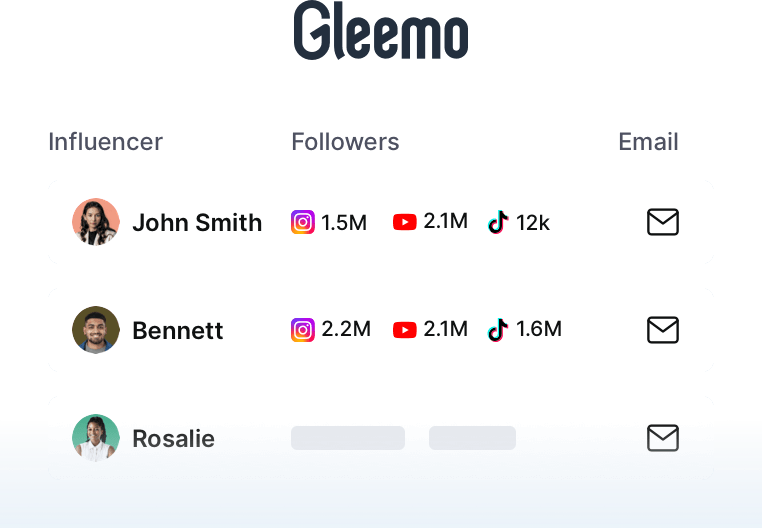In today’s digital landscape, AI influencers are transforming how brands connect with audiences. These virtual personalities, powered by artificial intelligence, are not just a trend—they represent a significant shift in marketing strategies. This article explores the rise of AI influencers, their benefits, successful collaborations, challenges, and their future in digital marketing.
Introduction to AI Influencers in Digital Marketing
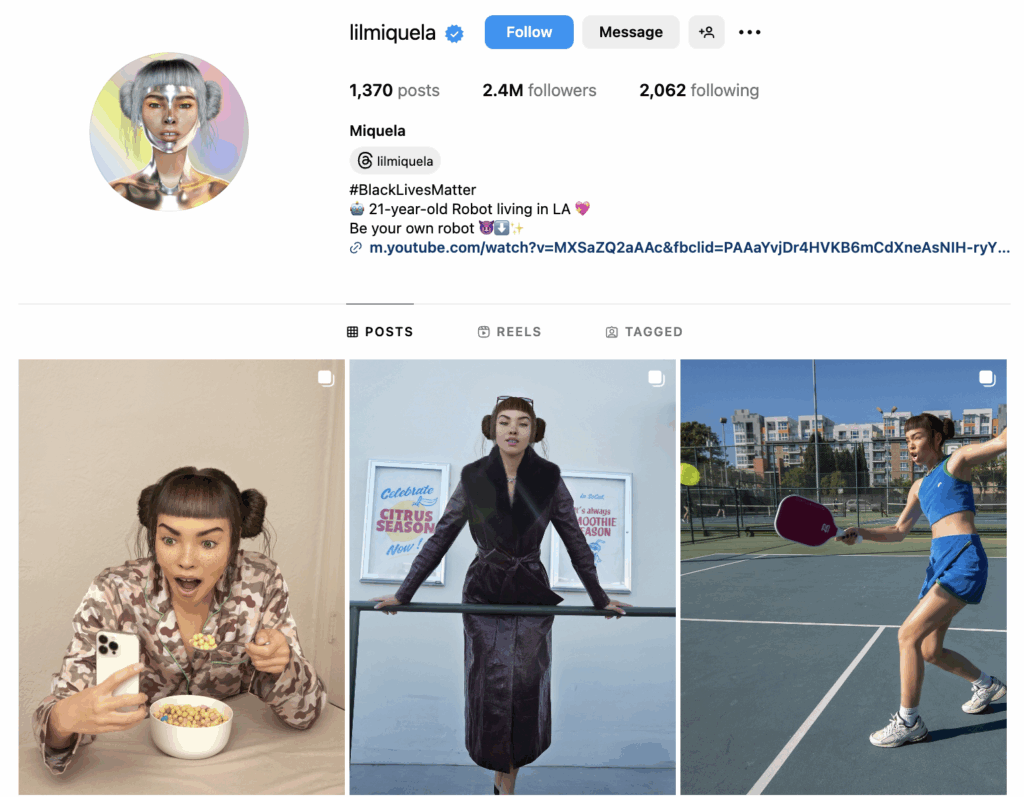
AI influencers are computer-generated characters that use AI to promote products and engage with audiences on social media. Unlike traditional influencers, who are real people, AI influencers are entirely digital constructs. They mimic human behavior, appearance, and even emotional responses, making them highly relatable and effective in influencing purchasing decisions.
These virtual entities—such as top AI influencers like Lil Miquela (2.4M Instagram followers) and Aitana López—combine photorealistic visuals, data-driven behavior, and 24/7 availability to deliver marketing campaigns with surgical precision. From AI influencers on Instagram to meta AI influencers in virtual worlds, these digital personas are redefining authenticity, scalability, and ROI in influencer marketing.
How AI Influencers Are Created and Operate
Creating an AI influencer involves blending advanced technology with creativity:
- Designing the Persona: Developers define the influencer’s personality, appearance, and backstory using deep learning algorithms to program human-like traits such as facial expressions and speech patterns.
- Programming Interactions: AI influencers use natural language processing (NLP) to communicate with followers, respond to comments, and hold conversations.
- Content Creation: They generate high-quality content like photos, videos, and blog posts tailored to their audience’s interests.
- Launching on Social Media: Once ready, AI influencers are deployed on platforms like Instagram, TikTok, or YouTube to interact with followers and participate in campaigns.
- Ongoing Optimization: Developers monitor audience responses and adjust the influencer’s traits or content strategy to maintain relevance.
Benefits of Using AI Influencers for Brands
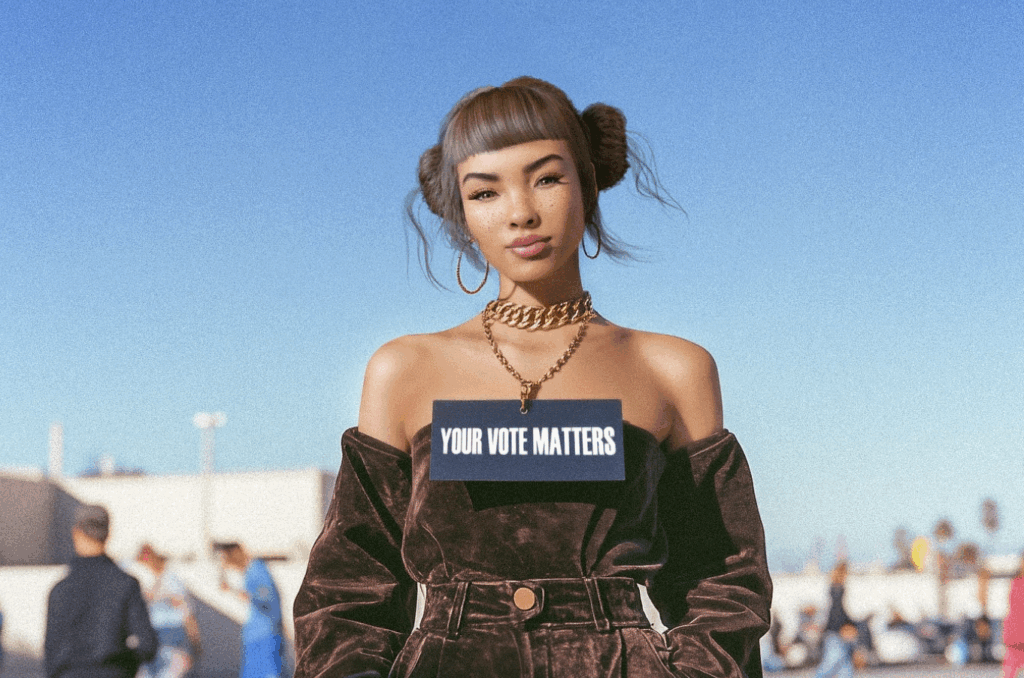
AI influencers offer unique advantages that make them valuable assets for brands:
- Consistency and Control: They ensure messaging aligns perfectly with brand values, eliminating risks associated with human influencers.
- Cost-Effectiveness: While initial development costs can be high, AI influencers reduce long-term expenses related to human influencers.
- Scalability and Global Reach: AI influencers can operate 24/7 across multiple languages and platforms, reaching global audiences efficiently.
- Innovation and Experimentation: They enable brands to explore creative storytelling and content strategies that might be challenging for humans.
- Data-Driven Insights: AI influencers provide precise metrics, allowing brands to optimize campaigns in real time.
Enhancing Personalization with AI-Driven Campaigns
AI influencers excel at personalization. By analyzing vast amounts of data, they create tailored content that resonates with specific audience segments.

The Power of Data-Driven Insights
AI-driven campaigns excel at personalization by leveraging vast amounts of user data. Brands can analyze preferences, behaviors, and even emotional responses to deliver tailored content and recommendations. This mirrors techniques used by platforms like Netflix and Spotify, which recommend movies, TV shows, and music based on user history.
Real-Time Content Adaptation
AI allows for real-time adaptation of content based on audience feedback. For example, AI-powered avatars can interact as personal friends, adjusting content dynamically to the viewer’s mood. This level of dynamic personalization is made possible by advancements in Emotion AI, which recognizes and interprets human emotions through facial expressions, voice tones, and text sentiment.
Hyper-Personalized Audience Experiences
AI algorithms segment audiences and provide personalized recommendations, much like how Netflix and Spotify operate. This level of personalization drives higher engagement and conversion rates. For instance, Nike uses AI to deliver tailored outfit suggestions in real-time, analyzing purchase history, browsing behavior, and customer preferences. This AI system even adjusts suggestions based on current trends and seasonal changes, leading to higher conversion rates and improved customer satisfaction.
Successful Brand Collaborations with AI Influencers
These collaborations demonstrate how AI influencers can effectively bridge the gap between brands and consumers.
Lil Miquela: Fashion and Tech Collaborations

Lil Miquela, a hyper-realistic AI influencer with over 2.5 million Instagram followers, has collaborated with high-profile brands like Prada and Calvin Klein. Her realistic appearance and relatable content have made her a favorite among fashion and tech enthusiasts.
Shudu Gram: Digital Supermodel
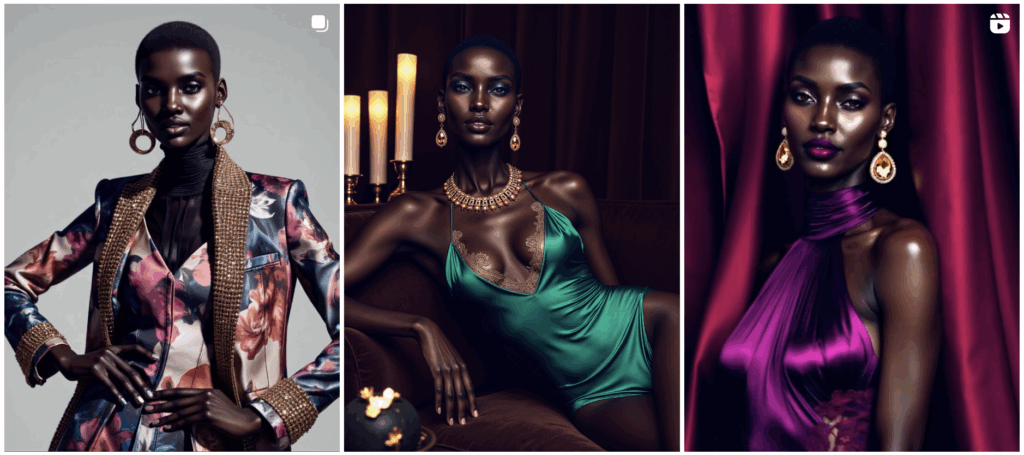
Shudu Gram, known as the world’s first digital supermodel, has worked with luxury brands like Fenty Beauty by Rihanna. Her stunningly realistic features have captivated the fashion industry, challenging traditional beauty standards and opening new avenues for diverse representation in marketing.
Lu do Magalu: Retail Engagement

Lu do Magalu, created by the Brazilian retailer Magazine Luiza, has become one of the most successful AI influencers in Brazil. With millions of followers on Instagram and YouTube, Lu engages with audiences by sharing product reviews, lifestyle tips, and promotional content. This integration has been ideal for marketing teams aiming to maintain consistent branding and values.
Noonoouri: Luxury Fashion Campaigns
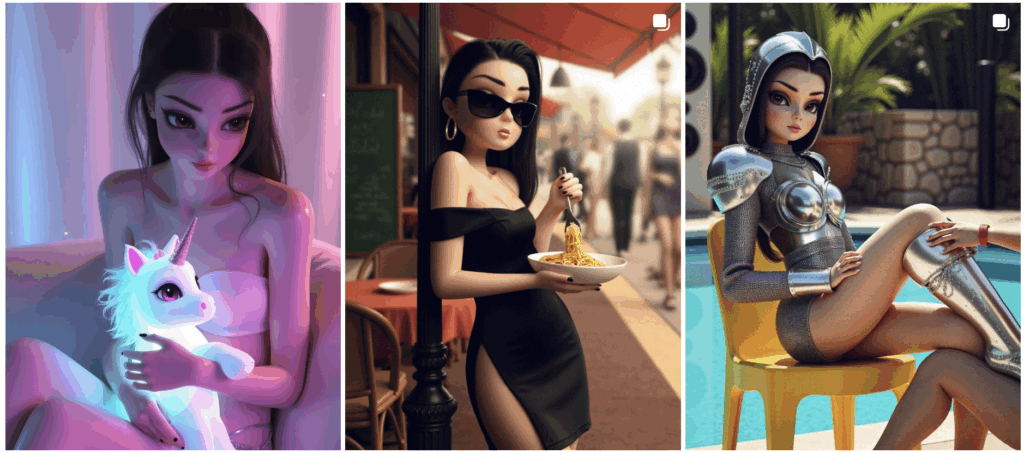
Noonoouri, a stylized CGI influencer, has collaborated with luxury fashion houses like Dior and Valentino. Her unique style and digital persona have made her a prominent figure in high-fashion campaigns, showcasing the potential of AI influencers in the luxury market.
Bee Influencer: Sustainability Advocacy

Bee Influencer, with a cute bee-inspired avatar, promotes sustainability and eco-friendly products. This AI influencer has garnered attention for its impactful messaging, blending digital marketing with environmental advocacy in a way that appeals to both consumers and brands committed to sustainability.
Imma: Cultural Icon in Fashion and Tech
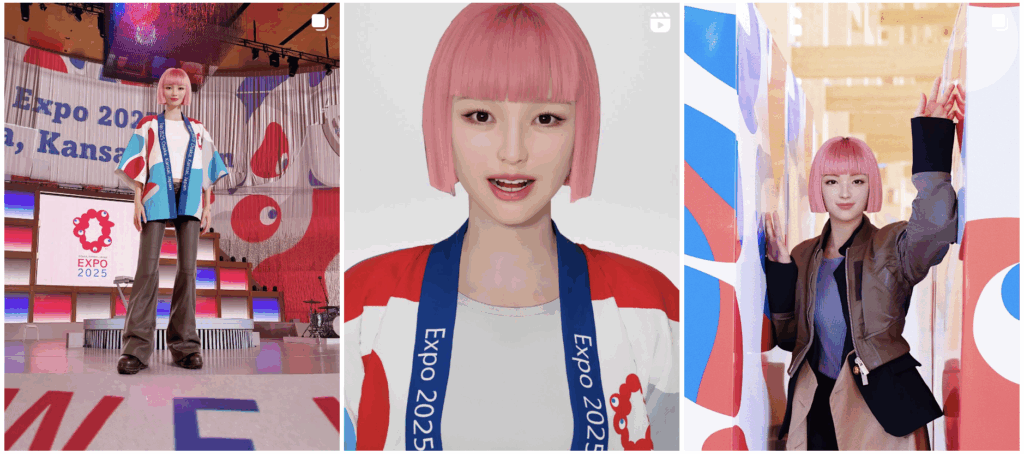
Imma, a virtual model from Japan, has become a cultural icon in the fashion and tech industries. Collaborating with global brands like IKEA and Gucci, Imma has appeared at Paris Fashion Week and continues to gain traction as a standout figure in the AI influencer landscape.
Kyra: Indian Virtual Influencer

Kyra, India’s first virtual influencer, represents a 22-year-old model from Mumbai. Known for her fashion-forward style and aspirational lifestyle content, Kyra has partnered with brands like Amazon Prime Video and boAt, connecting deeply with her audience through visually stunning posts.
Milla Sofia: Finnish AI Influencer

Milla Sofia, celebrated for her elegant fashion and sophisticated content, focuses on luxury and lifestyle topics. Collaborating with high-end brands, she showcases products with a unique digital flair, gaining traction as a standout figure in the virtual influencer landscape.
Challenges and Ethical Considerations of AI Influencers
Despite their advantages, AI influencers present challenges:
- Authenticity Concerns: Audiences may detect a lack of genuine human connection.
- Ethical Issues: Transparency about AI-generated content is crucial to avoid deceiving audiences.
- Data Privacy: AI influencers often rely on user data, raising concerns about privacy and security.
- High Initial Costs: Developing sophisticated AI influencers requires significant upfront investment.
To address these challenges, brands should prioritize transparency by clearly disclosing when AI is being used in influencer campaigns. They should also implement ethical guidelines to ensure fair representation and avoid the amplification of biases. Regular audits of AI systems can help identify and mitigate biases, while human oversight ensures that AI-generated content remains authentic and engaging.
Additionally, brands should consider the long-term societal impact of AI influencers and strive to use these technologies in ways that enhance human connection rather than replace it.
Comparing AI Influencers to Human Influencers
AI influencers excel in cost efficiency, brand control, and scalability, making them ideal for data-driven and global campaigns. However, human influencers remain superior in emotional engagement, authenticity, and brand collaborations. Brands should consider their specific marketing goals and audience preferences when choosing between AI and human influencers.
The future of influencer marketing may involve a hybrid model where AI systems and human influencers coexist to fulfill different roles. AI handles the rational and functional aspects of consumer decisions, while human influencers focus on the emotional connections and brand narratives that are crucial for certain product categories.
| Aspect | AI Influencers | Human Influencers |
| Consistency | Highly consistent and controllable. | Subject to human unpredictability. |
| Cost | High initial cost, but cost-effective long-term. | Ongoing costs for collaborations. |
| Scalability | Can operate globally 24/7. | Limited by physical and logistical constraints. |
| Authenticity | May lack emotional depth. | Genuine emotional connections. |
| Innovation | Enables experimental and creative campaigns. | Limited by human creativity and availability. |
The Future of AI Influencers in Marketing Strategies
The future of AI influencers looks promising. As technology advances, these virtual personalities will become more sophisticated, offering brands new ways to engage audiences. AI influencers are likely to coexist with human influencers, each fulfilling distinct roles. Brands using Influencer Marketing platforms like Gleemo can efficiently manage and analyze collaborations with both AI and human influencers, maximizing campaign effectiveness.
Why Gleemo Stands Out
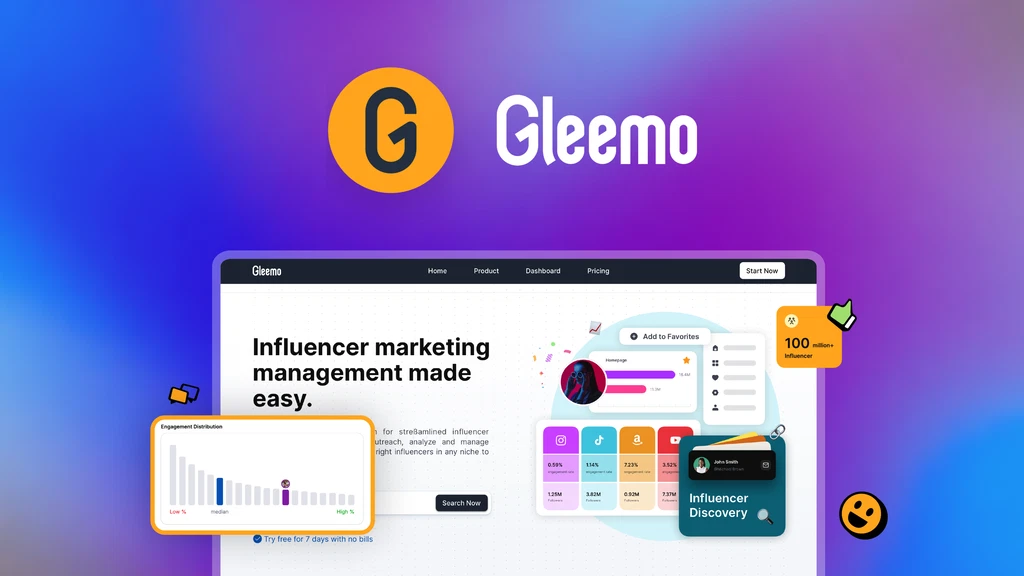
- Cross-Platform Reach: With 100+ million influencers across Instagram, YouTube, TikTok, and Amazon, Gleemo offers broader platform coverage, ideal for product-based campaigns.
- Intuitive Influencer Analytics: Track audience demographics, content performance, and competitor benchmarks in a user-friendly dashboard.
- Micro/Nano Influencer Discovery: AI identifies hidden gems with highly engaged audiences.
- More cost-effective: Gleemo offers monthly subscriptions starting at $59/month, eliminating financial risks for seasonal or experimental campaigns!
Ready to transform your influencer marketing strategy? Start your free Gleemo trial today!
Learn More 👉 Building a Strong Brand Reputation.
FAQs
Are AI influencers ethical?
AI influencers can be ethical if transparent about their AI nature and compliant with advertising regulations. Brands must prioritize clarity to maintain trust.
Can AI influencers replace human influencers?
AI influencers are unlikely to fully replace humans but will complement them by offering unique advantages in scalability and personalization.
How do AI influencers interact with followers?
Using NLP algorithms, AI influencers respond to comments, engage in conversations, and create personalized content, mimicking human communication styles.
What industries benefit most from AI influencers?
Fashion, beauty, tech, and e-commerce brands are among the top adopters, leveraging AI influencers for innovative and targeted campaigns.
How much does it cost to create an AI influencer?
Costs vary from tens of thousands to hundreds of thousands of dollars, depending on complexity and features.
